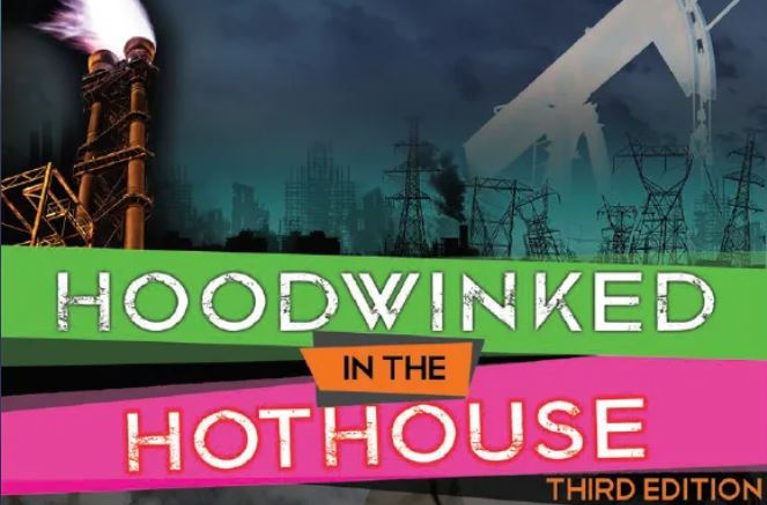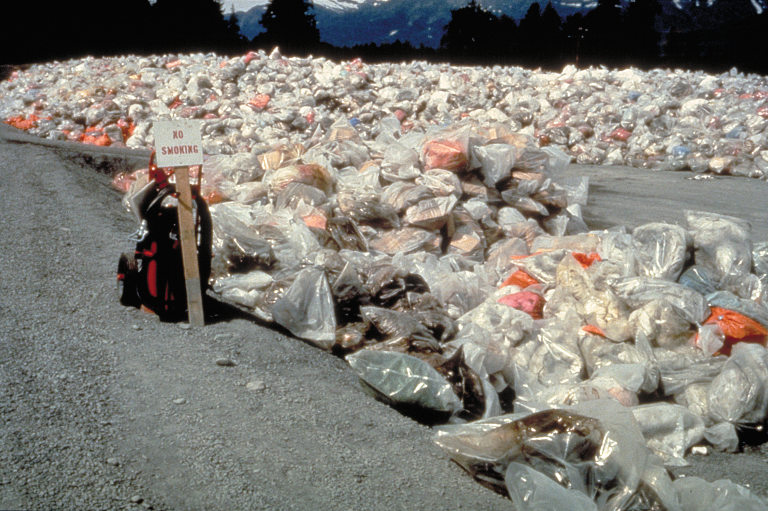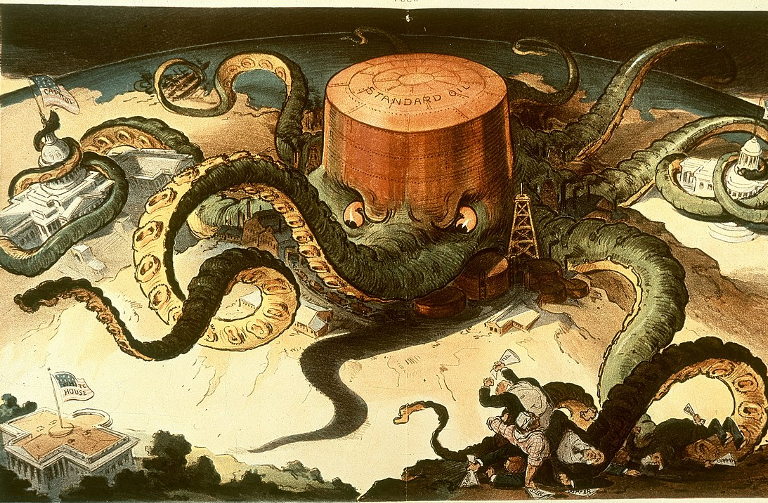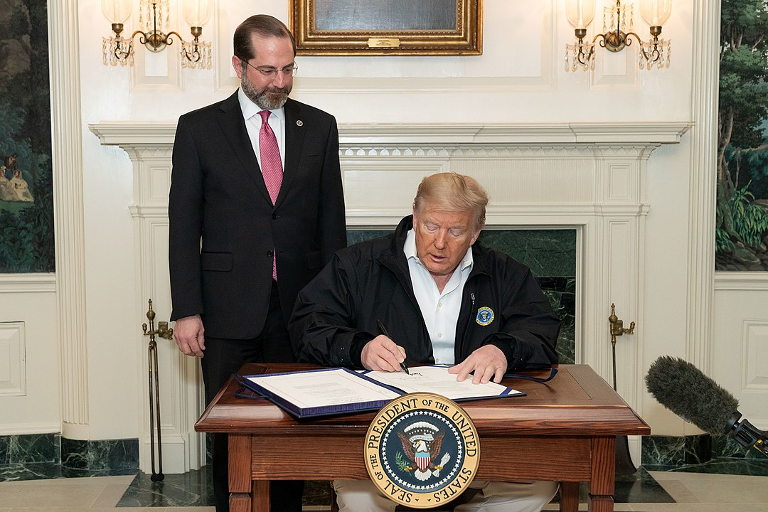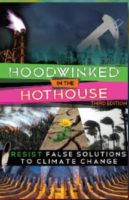 Starting last summer, people from several organizations have been working to update a booklet on false solutions to climate change (I was involved with this effort for awhile and wrote the first draft of a couple of the sections). Now Hoodwinked in the Hothouse: Resisting False Solutions to Climate Change has been released as a PDF, available free. A print edition will be available later in May. You can read the whole thing through, or go directly to whichever elements most interest you.
Starting last summer, people from several organizations have been working to update a booklet on false solutions to climate change (I was involved with this effort for awhile and wrote the first draft of a couple of the sections). Now Hoodwinked in the Hothouse: Resisting False Solutions to Climate Change has been released as a PDF, available free. A print edition will be available later in May. You can read the whole thing through, or go directly to whichever elements most interest you.
Here is the table of contents:
Introduction 1
Gopal Dayaneni, Movement Generation: Justice and Ecology Project
Tom Goldtooth, Indigenous Environmental Network
Melina Laboucan-Massimo, Indigenous Climate Action
Ananda Lee Tan, Just Transition Alliance
Carbon Pricing 7
Dylan Gibson
Tamra Gilbertson, Indigenous Environmental Network
Gary Hughes, Biofuelwatch
Nature-Based Solutions 13
Tamra Gilbertson, Indigenous Environmental Network
La Via Campesina
Rachel Smolker, Biofuelwatch
Bioenergy 19
Rachel Smolker, Biofuelwatch
Natural Gas 23
Randi Pokladnik
Mary Wildfire
Hydrogen 26
Mike Ewall, Energy Justice Network
Landfill Gas to Energy 27
Mike Ewall, Energy Justice Network
Waste Incineration (“Waste-to-Energy”) 29
Mike Ewall, Energy Justice Network
Ananda Lee Tan, Just Transition Alliance
Neil Tangri, Global Alliance for Incinerator Alternatives
Nuclear Power 33
Tim Judson, Nuclear Information and Resource Service
Renewable Energy 37
Mary Wildfire
Hydroelectricity 41
Meg Sheehan, North American Megadam Resistance Alliance
Annie Wilson, North American Megadam Resistance Alliance
Geoengineering 45
Gopal Dayaneni, ETC Group
Cynthia Mellon
Carbon Capture 50
Tamra Gilbertson, Indigenous Environmental Network
Rachel Smolker, Biofuelwatch
Real Solutions for Climate Justice 53
Shehla Arif
Ananda Lee Tan, Just Transition Alliance
Gopal Dayaneni, Movement Generation: Justice and Ecology Project
Endnotes 63
Glossary 69
Imagery Credits 76


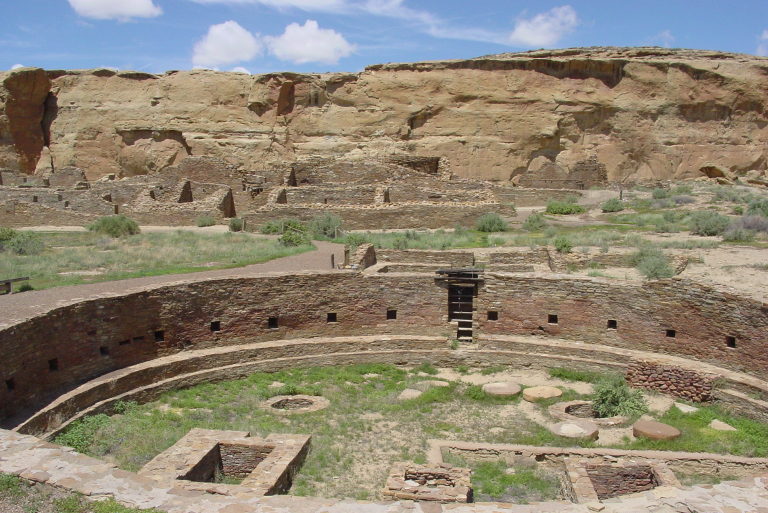
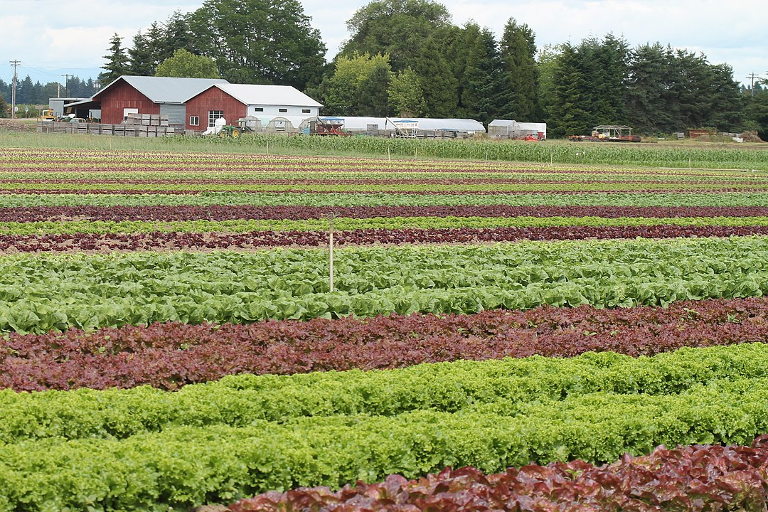

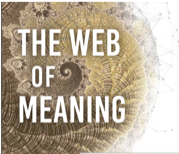 Ed. note: This excerpt from the Web of Meaning is published with the permission of the author.
Ed. note: This excerpt from the Web of Meaning is published with the permission of the author.


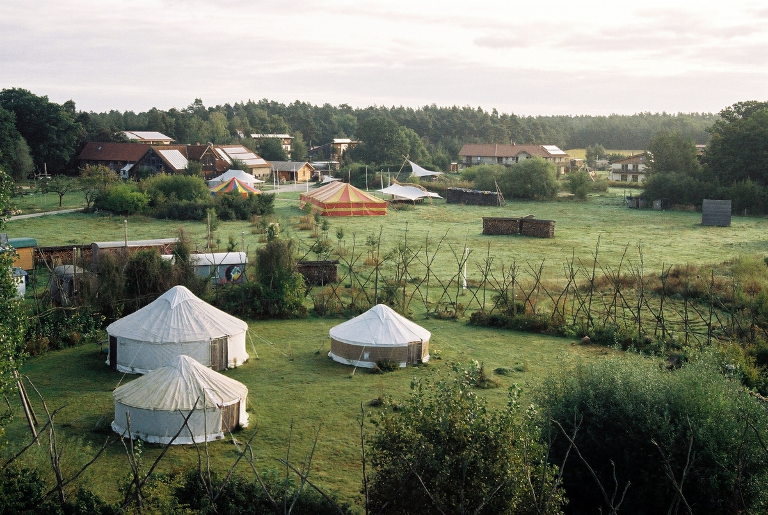
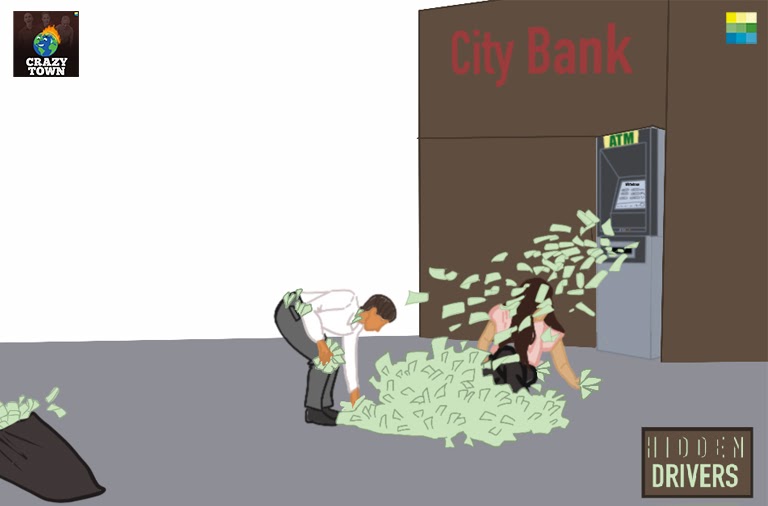
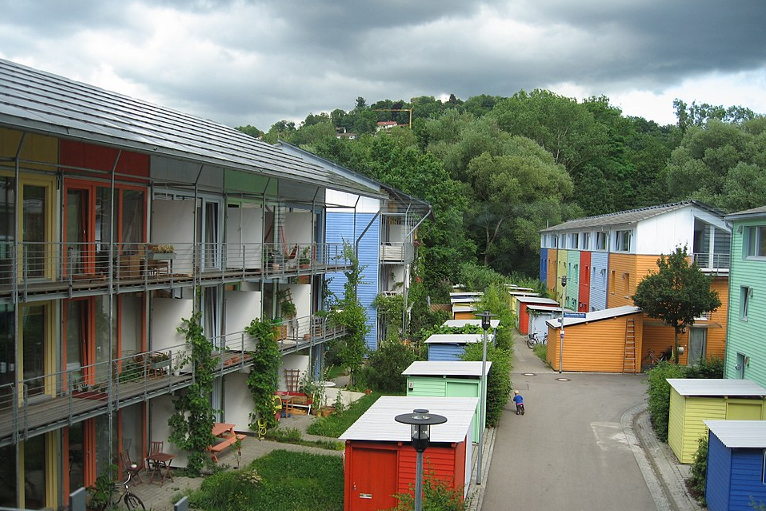
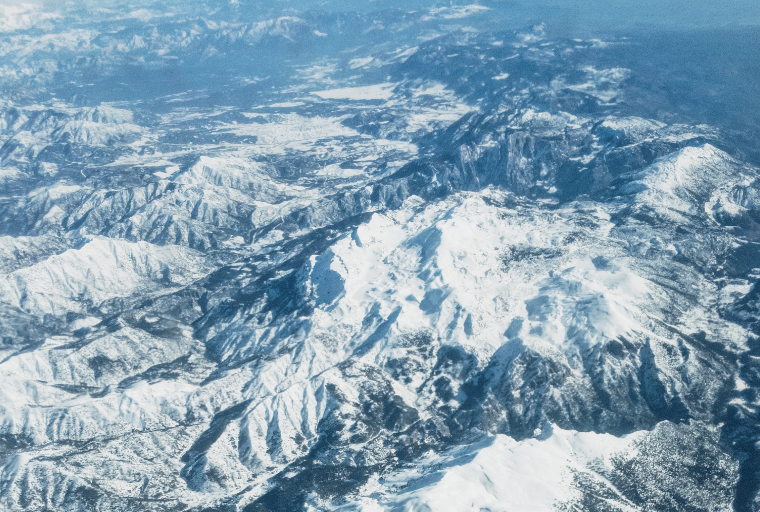
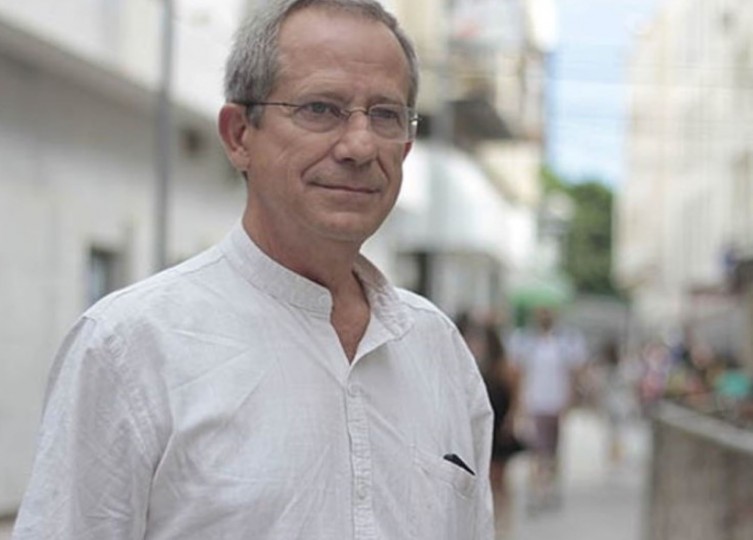 Ed. note: This article first appeared in Spanish
Ed. note: This article first appeared in Spanish 